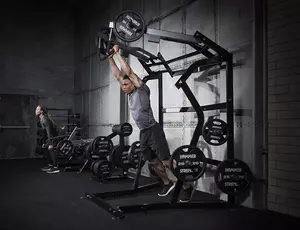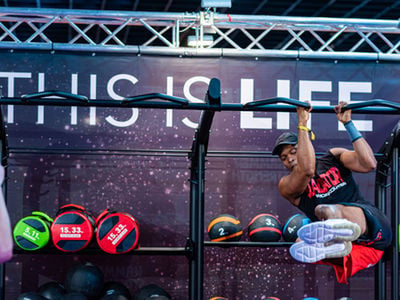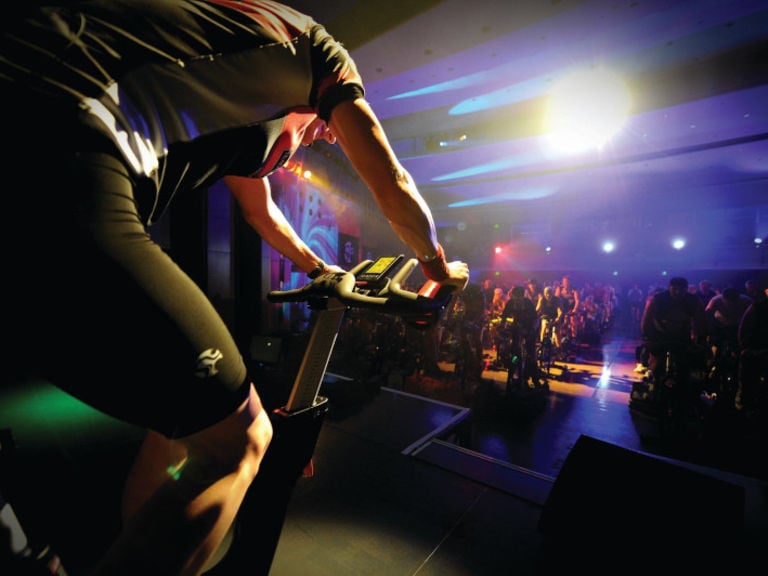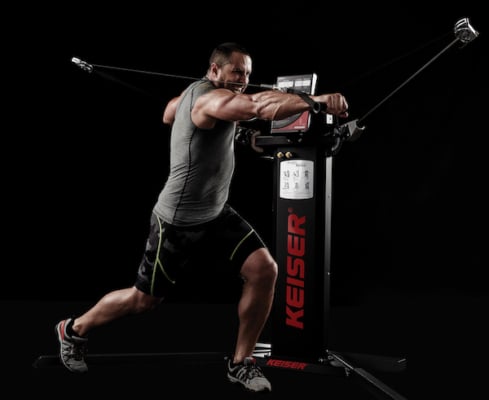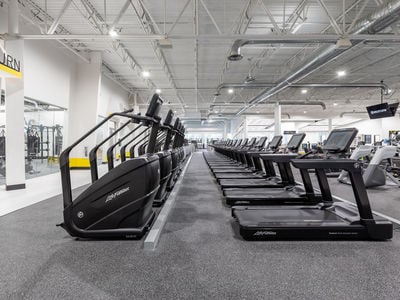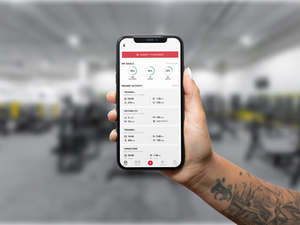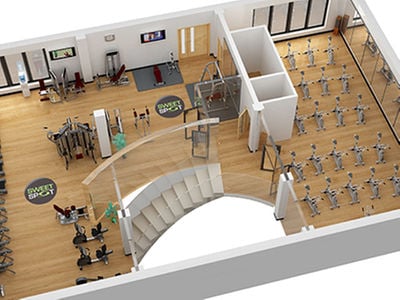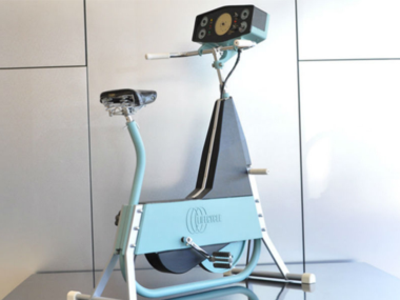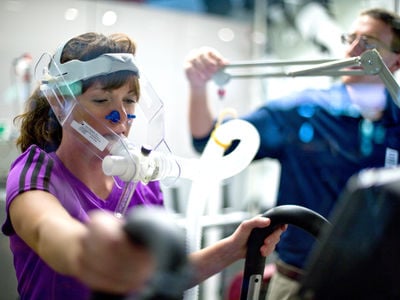Many gym goers look for training techniques to increase the intensity of their workouts and push their sets past the point of failure. Training beyond the limits of the fatigued muscle, it is theorised, is where hypertrophy and strength gains take place. Two of these techniques include drop-sets and rest-pause. Two recent studies looked at the effectiveness of both drop-setting and rest-pause for increasing size and strength when compared to regular resistance training approaches.
What is Drop Setting?
Drop-setting is when the individual performs a set at a given weight until muscular failure, or the point at which they cannot perform any additional repetitions.
They then immediately drop the weight and perform additional reps, again to failure. That’s one drop-set in the book. They might then drop the weight again and perform another drop-set until reaching failure again.
The idea here is that even though you have trained your muscle to complete fatigue at a given weight, the muscle is not at maximal exhaustion, if you can drop the weight and keep going.
This method is popular when training without a partner, who’ll ordinarily take some of the weight while spotting and see you push a few additional reps.
What is Rest-Pause?
The rest-pause method sees the trainee perform their regular set at a given weight, again training to failure. Once they hit failure, they stop for a short rest period of 15-30 seconds, before they perform another set to failure, at the same weight. And then they repeat this process a third time.
With each additional set, naturally the rep numbers decline, but the brief rest periods and the small amounts of recovery achieved in that time, allow you to continue on, pushing the muscle or muscle group to complete failure and beyond.
So do they work?
The Research
The first study focused on drop-sets. The researchers recruited 16 recreationally trained men. Each individual trained their quads using unilateral leg extensions on an eight-week, periodised program, with one leg adopting a drop-set protocol, and the other employing a traditional resistance training style. Pre- and post-intervention markers focused on changes in the rectus femoris and vastus lateralis.
The results showed no statistical difference between training methods on increases in 1RM or average torque or peak torque. However, the drop-setting approach showed a significant increase in muscle hypertrophy on the rectus femorus muscle, the area of the quad likely to get maximal stimulation from the movement and additional work via the drop-sets.
A second study looked at drop-setting and rest-pause, compared again with traditional resistance training. Twenty-eight resistance trained males were randomly assigned to either the rest-pause, drop-set or traditional resistance training protocols, performed twice a week for eight weeks. Both muscle thickness and 1RM were measured pre- and post-intervention.
The results indicated that the rest-pause protocol delivered significant differences in strength outcomes, however all groups showed equal gains in hypertrophy.
The results between studies were somewhat contradictory. With the first study showing increases in muscle size but not strength from drop-setting, while the second study indicated increases in strength but not size in the rest-pause approach only, what does this say about these popular training approaches?
In actual fact, any significant difference in outcome seen from an eight-week training program might suggest that these methods have some merit. For anyone who trains for muscular gain knows that growth in the gym comes slowly. As a result, these studies suggest that there is enough evidence to encourage people to at least give these training styles a try.
Including Drop-sets and Rest-Pause in your Program
Do so safely. Employing these techniques across the Hammer Strength and Life Fitness pin-loaded and plate loaded machines such as the Hammer Strength Select, MTS and Plate Loaded machines, and the Life Fitness Insignia Series, Axiom Series Selectorized Machines and Signature Series is a great way to ease into a drop-set or rest-pause program.
For drop-setting, pin-loaded equipment allows you to quickly adjust the resistance between dropped sets, keeping the rest breaks to a minimum, while also ensuring you maintain perfect form, and that you’re isolating the target muscle.
Meanwhile, pin-loaded and plate-loaded machines are ideal for rest-pause, in that they help you maintain perfect form throughout each additional set as you fatigue, preventing injury, and ensuring the targeted muscle group gets all the work.
Varović D, Žganjer K, Vuk S, Schoenfeld BJ. Drop-Set Training Elicits Differential Increases in Non-Uniform Hypertrophy of the Quadriceps in Leg Extension Exercise. Sports. 2021; 9(9):119. https://doi.org/10.3390/sports9090119
Enes A, Alves RC, Schoenfeld BJ, Oneda G, Perin SC, Trindade TB, Prestes J, Souza-Junior TP. Rest-pause and drop-set training elicit similar strength and hypertrophy adaptations compared with traditional sets in resistance-trained males. Appl Physiol Nutr Metab. 2021 Nov;46(11):1417-1424. doi: 10.1139/apnm-2021-0278. Epub 2021 Jul 14. PMID: 34260860.

